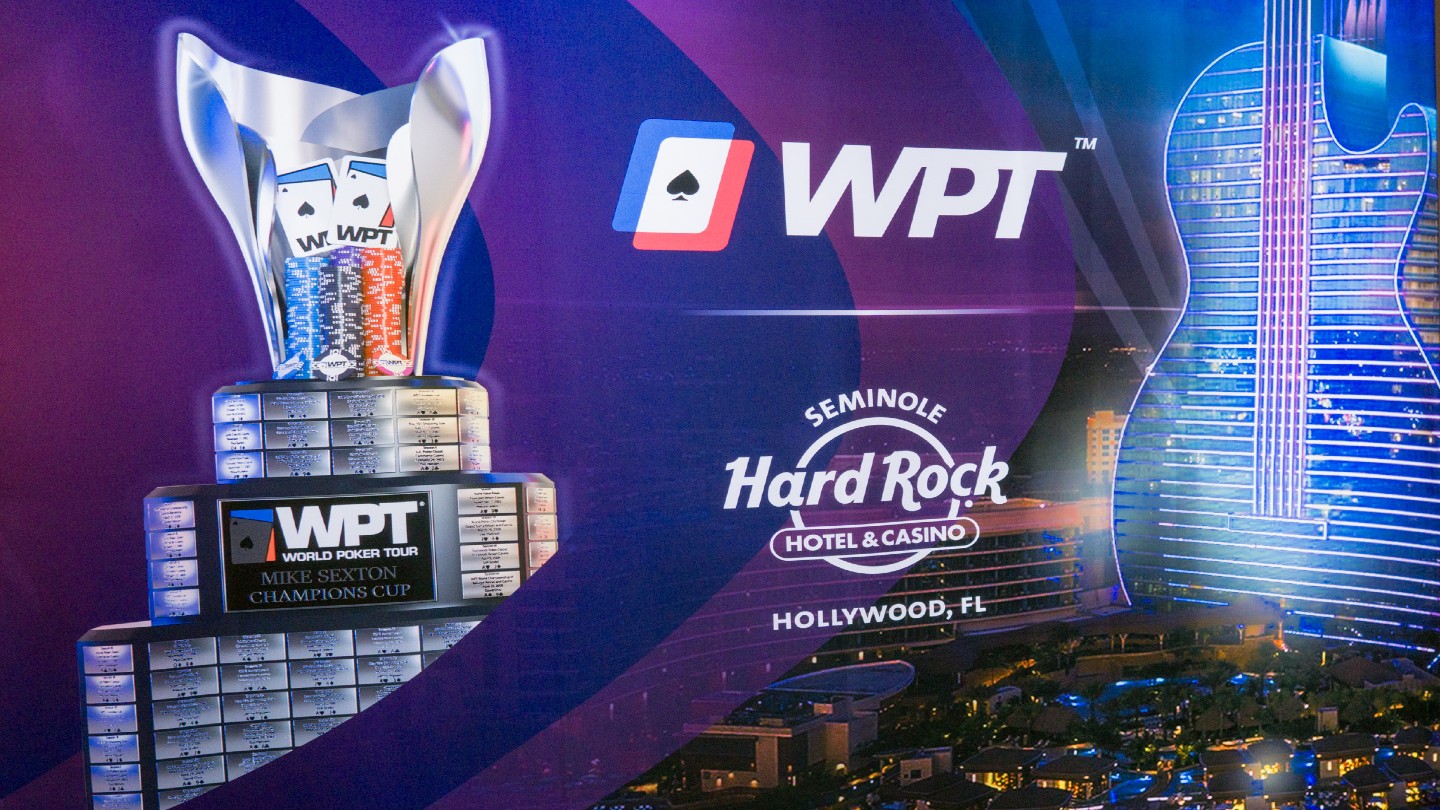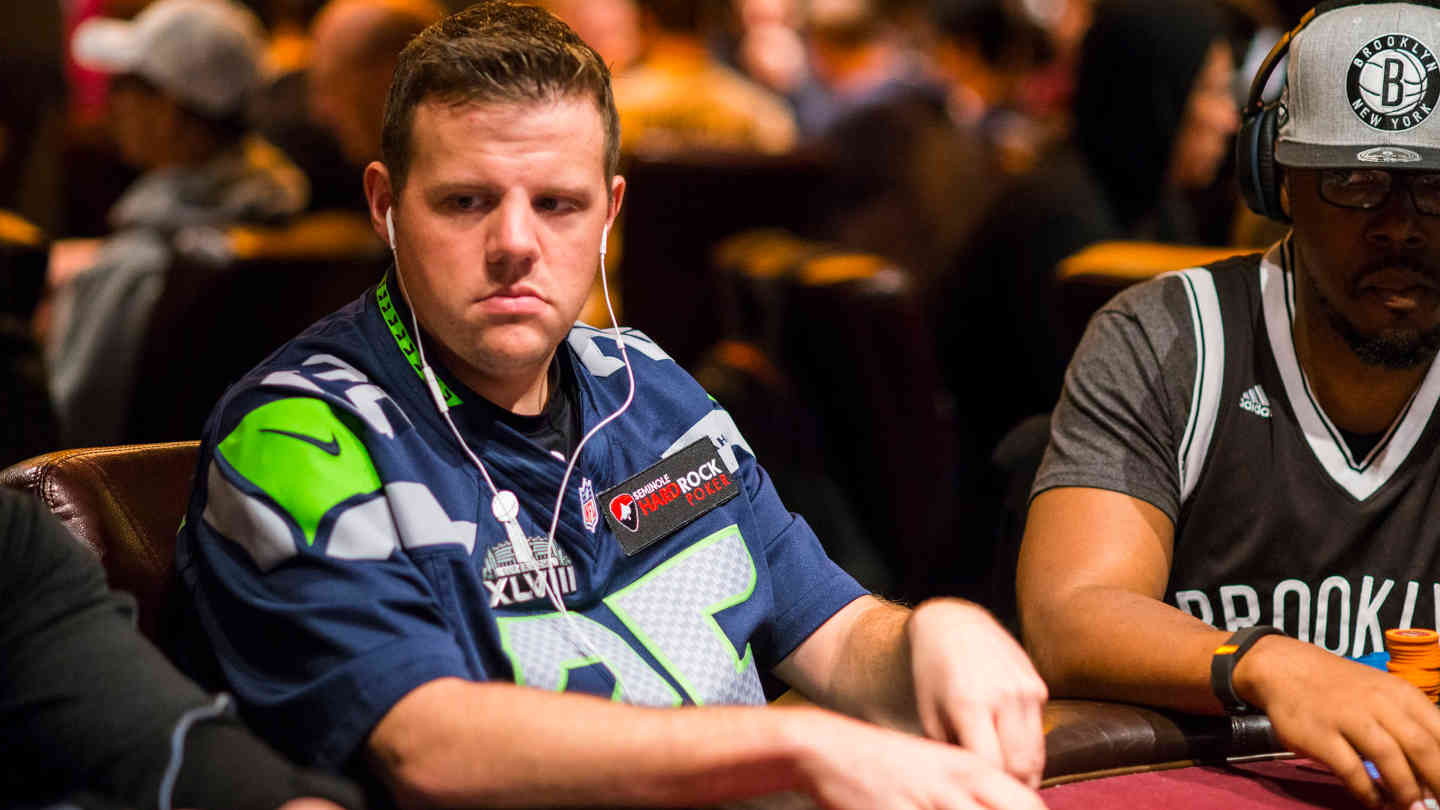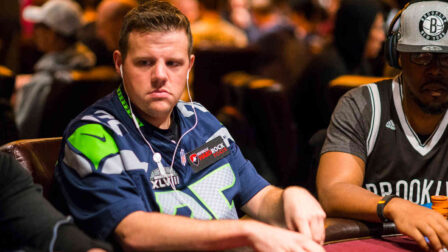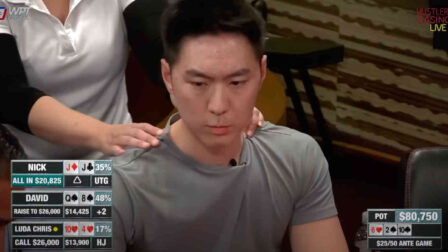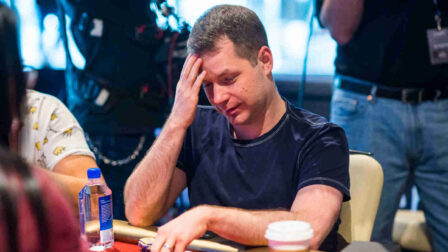How To Make The Best BB Strategy Adjustments In Your Tournaments
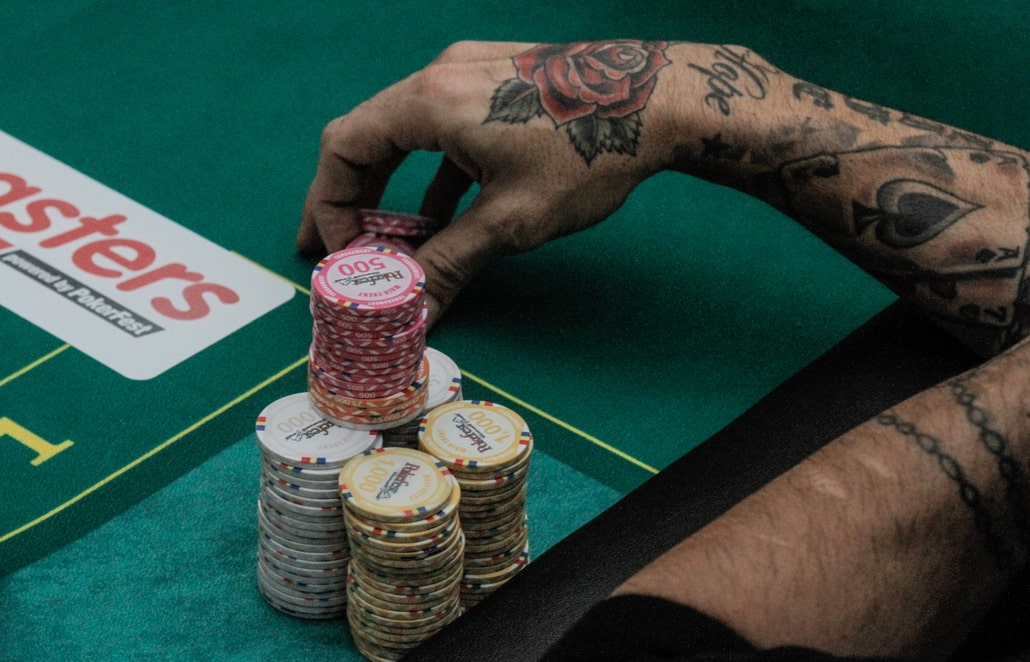
7 minutes
Last Updated: March 19, 2024
How To Make The Best BB Strategy Adjustments In Your Tournaments
Images from Unsplash
It’s been over 15 years since Harrington’s first tournament poker books were published, and it shortly became a sort of the MTT bible of poker players of the time. Many big tournament winners learned the essential concepts by reading those books.
While Harrington had sound logic behind the concepts he taught, and many of those are still valid today, what he didn’t have back in the day was access to poker solvers that would help study all imaginable spots that might come up in tournaments.
There are endless tools for the modern tournament player to analyze their play, allowing you to find a solution very close to the optimal play.
A peculiarly interesting area of the game is defending your Big Blind, as the metagame around that spot has changed so much over the years. For this reason, we asked the Beasts Of Poker Pro Team to write their take on BB strategy and how tournament players should adjust their play with various stack sizes.
During one era, defending a minimal amount of hands was considered optimal among tournament players – later, they found out that you should defend a pretty wide range against steals, even with a relatively short stack. Let’s take a look at how you should approach BB strategy in tourneys:
Playing against c-bets after calling preflop as the BB
At one point in time, you could get a massive edge postflop by c-betting every flop with every hand. This was early in online poker history, and soon players figured out that check-raising the flop was printing money against reckless c-bettors.
Later on, it became popular to make a delayed c-bet on the turn so that you would have some good hands in your check-back range.
Naturally, our check-raise range becomes narrower on flops where our opponent has the range advantage, and the position of the opener is going to affect a lot on how aggressively we can check-raise on various flops.
Let’s say UTG+1 opens, and we defend our BB by calling. The flop comes AQ3r. On this flop, we’re check-raising a very few hands, if any, since the board strongly favors the early position opener.
If the flop comes 763 with a flush draw, suddenly we’re playing much more aggressively due to this flop hitting our range.
While we still want to check-raise a decent amount of hands against c-bets on most boards, playing solid poker in this spot requires us to form two somewhat balanced ranges:
- Check-call range
- Check-raise range
What types of hands make great check-calls on the flop?
Hands that are not strong enough to check-raise but too good to be folded make up primary candidates. Having either a strong draw or a mediocre showdown value speaks for going for a check-call.
We want to have some strong hands as traps too. Otherwise, good opponents will tear us apart by 3-barreling if we always check-raise our flopped monsters!
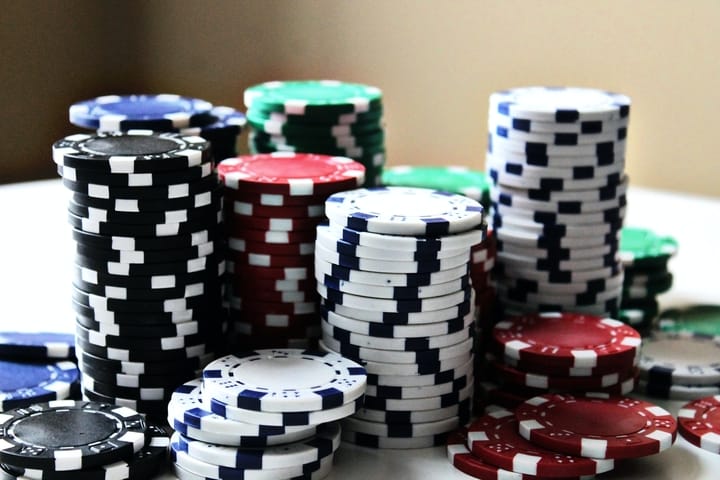
Check-raising, on the other hand, allows us to include more pure bluffs and hands with very little showdown value yet decent backdoor draws.
A three-card straight flush is a perfect example of a hand to include in your check-raising range on the flop.
We can then barrel favorable turns if our opponent doesn’t fold on the flop. Flopped 2 pair or better and monster draws are naturally hands that we want to include in our check-raising range as well.
We can apply these general principles as long as we’re playing somewhat deep (+40 BBs). How should we then adjust our strategy as effective stack sizes become shallower?
Playing as the BB with 31 to 40 bb effective stacks
Once we enter the zone under 40bbs, your frequency of 3-betting light from the BB should be decreased compared to playing deep-stacked.
This is due to risking a large portion of your stack by 3-betting when folding to 4-bet would cost you a lot.
Moreover, since you don’t have a position on anyone except the SB, you have less fold equity, and your 3-bet will be called more frequently. Obviously, if your image is tight, you can still do that against the late position opens.
The SPR will always be under 10 in case we defend our BB by calling. Since the raw equity needed to call an open is slightly under 20% of your opponent is raising 2x, and the antes are in play, we still need to play many hands to prevent our opponents from auto-profiting by open-raising.
Flatting hands like suited one-gappers and hands like T9o should be the standard play.
Playing as the BB with 25 to 30 bb effective stacks
This stack is perfect for the preflop all-in squeeze – when there’s an open and a call, you’re getting a great risk-reward ratio by risking your stack to win the pot between 6.5-7 BBs.
You have to pick your spots for 3-bet folding against single open raises with extreme care, only going for those spots where your opponent has a tendency to over-fold against 3-bets.
Our flatting range vs. CO/BTN open should not change much, although a few hands can now make more profitable 3-bet shoves that we would previously flat.
Postflop play becomes a bit trickier, though, as there’s not that much room to maneuver.
Playing as the BB with 18 to 24 bb effective stacks
With this stack size, you’re approaching the sweet spot for 3-bet shoving all-in against an open.
Many hands now make excellent candidates for 3-bet shoves that might have worked better as flats with larger stack sizes. Against aggressive BTN openers, our strategy could be shoving a sixth of all starting hands and flatting combos that still have too much equity to be folded against a min-raise.
Make sure to note the opening tendencies of players sitting on the BTN and CO when it’s your BB.
If you’re using some poker software with a HUD, you can make significant changes to your BB strategy purely based on their opening frequencies.
Especially against tight players, you can get a big edge by not shoving hands that we would shove against more liberal open-raisers with this stack size.
We don’t need to shove every hand that would be +cEV, as weak players at the table will likely make huge mistakes that you can capitalize later on. Maximizing our EV in the tournament is our first mission, and getting more chips is only part of that.
Playing as the BB with 12 to 17 bb effective stacks
With an SPR between 2 and 3, when we call a min-raise preflop, we are often forced to decide if we play for stacks on the flop.
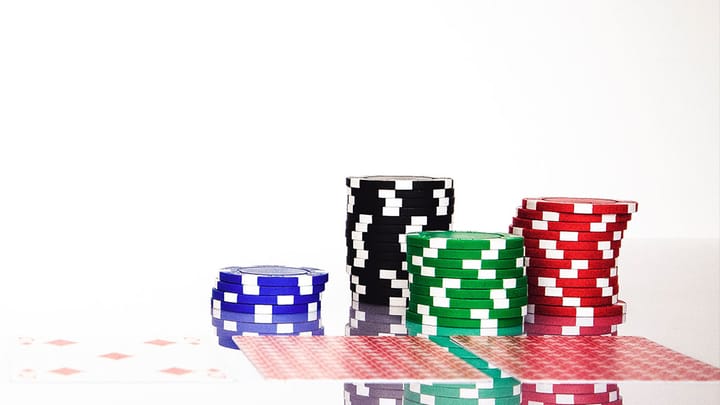
Our 3-bet shoves have less of a chance to succeed at this stack depth, yet we can still get away with it in case we use stack leverage well.
Let’s say that you’re facing and open from a good tournament player with a 30bb stack, and you have 15bbs.
If there are no other small stacks at the table, the opener should be somewhat reluctant to risk half of their stack on a coinflip to avoid ending up as the shortest stack at the table, since they would need to play a very tight range preflop compared to their current stack.
While your stack size is not optimal for a 3-bet shove, this spot is much better for you than one where the opener has a stack of 60bs or more – in the latter spot the opener wouldn’t mind losing a flip that much, since he would still have plenty of room to operate and open plenty of hands.
Playing as the BB with under 11 bb effective stacks
With a stack size of what many tournament players would call a tiny one, we’re likely to see all 5 cards in case we catch any piece of the flop after flatting an open.
When you flat a hand like 86s against a BTN open, you can still save yourself from a disaster on most dry A-high flops and flops that have two Broadway cards.
The famous stop and go play (calling preflop & shoving the flop instead of checking) can be considered on flops where you catch a piece but prefer your opponent to fold his equity with hands like two overcards.
Sometimes you find yourself with a stack of 5bb or 4bb, which can lead to some pretty absurd spots like defending 90% of your hands as the BB & shoving all-in on any flop where you flop some equity.
While almost all starting hands are +cEV in this spot, you can still argue for the case of seeing the flop as you can save your tournament life for the next hand in case the flop is extremely bad for you.
These tips should help you adjust your strategy, and whenever in doubt about your end-game play, you can always check a push fold chart.







